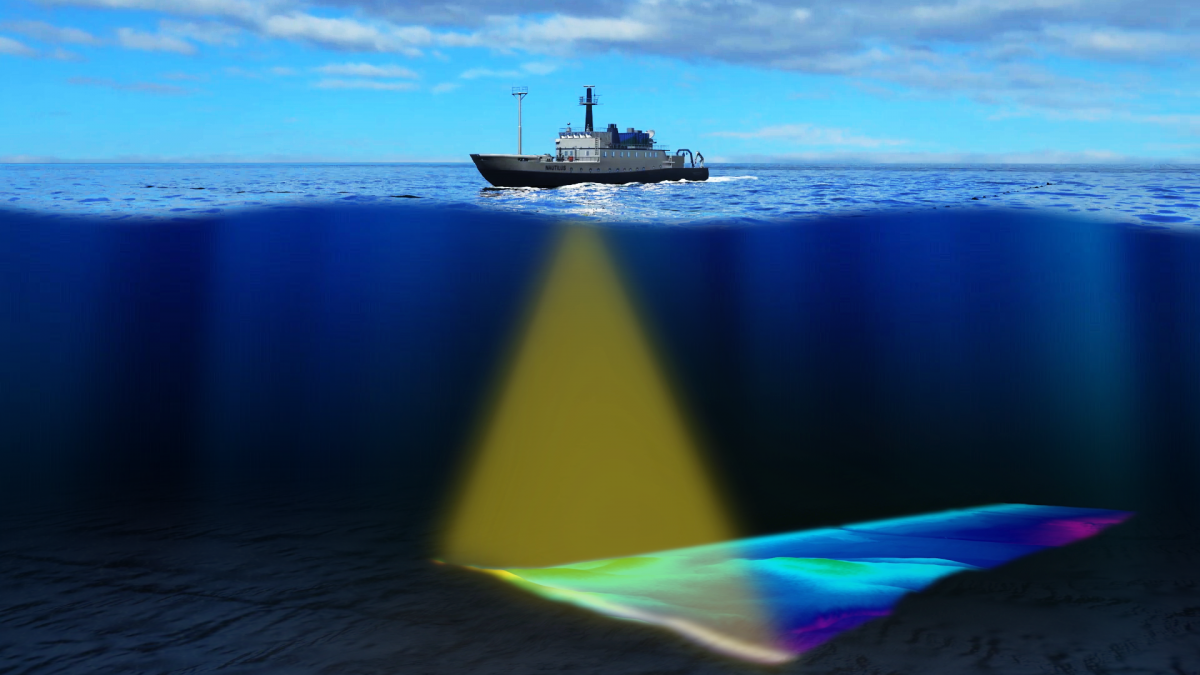IEC 60565-1 Hydrophone Calibration Testing
The International Electrotechnical Commission (IEC) Standard IEC 60565-1 is a critical document in the field of underwater acoustics and sonar testing. This standard provides essential guidelines for the calibration of hydrophones, which are devices used to measure sound pressure in liquids such as water. Calibration ensures that measurements obtained from these instruments are accurate and reliable.
Accurate hydrophone calibration is crucial for a variety of applications including naval sonar systems, marine research, and underwater communication devices. Inaccurate calibrations can lead to significant errors in data acquisition which may affect decision-making processes in sectors such as defense, maritime engineering, and environmental monitoring.
The testing process involves the use of calibrated reference hydrophones, sound sources, and precise measurement equipment. The standard outlines specific procedures for ensuring that the hydrophone's output matches known input levels. This includes considerations like temperature compensation, frequency response validation, and linearity checks.
A typical IEC 60565-1 compliant calibration test would begin with setting up a controlled environment where both the reference hydrophone and the device under test (DUT) are exposed to identical sound pressure levels. The DUT's output is then compared against the reference, and adjustments are made until there is minimal deviation between the two readings.
Once calibrated, it is essential to maintain traceability of calibration results through proper documentation and record-keeping. This ensures that any future measurements can be accurately verified back to this initial calibration session. Compliance with IEC 60565-1 not only enhances product quality but also supports regulatory requirements for manufacturers operating in international markets.
Compliance with this standard is particularly important for organizations involved in maritime activities where precise sound localization and detection are necessary for safety reasons. For instance, ships equipped with sonar systems rely on accurate hydrophone calibrations to ensure they can detect underwater threats effectively.
- Ensures accuracy of measurements critical for safe operations
- Supports international standards for maritime industry compliance
- Aids in the development and quality assurance of sonar systems used by defense forces worldwide
- Facilitates consistent performance across different types of hydrophones ensuring interoperability within teams or between countries
Applied Standards
The application of IEC 60565-1 ensures that all aspects of the calibration process adhere to internationally recognized best practices. This standard is widely used by laboratories specializing in underwater acoustics and sonar testing due to its comprehensive approach towards ensuring measurement accuracy.
Some key elements covered by this standard include:
- Provision of guidance on selecting appropriate reference hydrophones
- Description of methods for determining sound pressure levels
- Instructions for implementing temperature compensation techniques during calibration procedures
- Suggestions regarding how to handle different types of underwater environments (e.g., saltwater vs freshwater)
To maintain consistency and reliability, laboratories should follow these standards closely when performing hydrophone calibrations. By doing so, they contribute towards creating a more transparent and trustworthy industry ecosystem.
Environmental and Sustainability Contributions
Incorporating IEC 60565-1 into your testing protocols helps reduce waste by minimizing the need for repeated recalibrations caused by inaccurate initial calibrations. This contributes positively to environmental sustainability efforts within laboratories.
Additionally, accurate hydrophone calibration plays a vital role in protecting marine ecosystems from potential harm associated with improper use of sonar technology. By ensuring that all parameters are correctly measured and adjusted, unnecessary disturbances can be avoided while still achieving the desired objectives.
Competitive Advantage and Market Impact
- Ensures compliance with international standards which opens up access to global markets
- Maintains high levels of accuracy in product performance leading to customer satisfaction and loyalty
- Facilitates easier collaboration between teams working on similar projects across different locations or organizations





